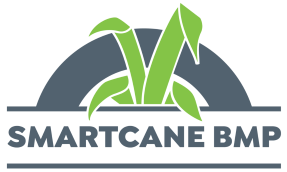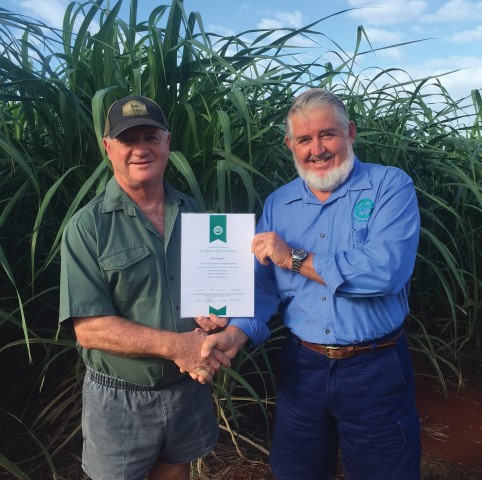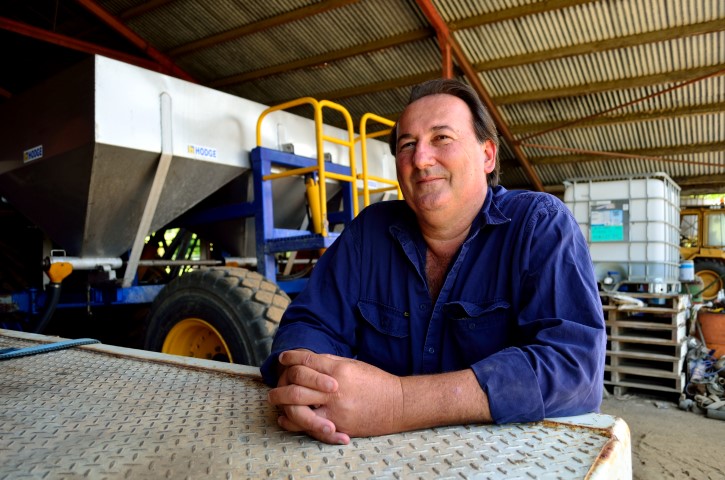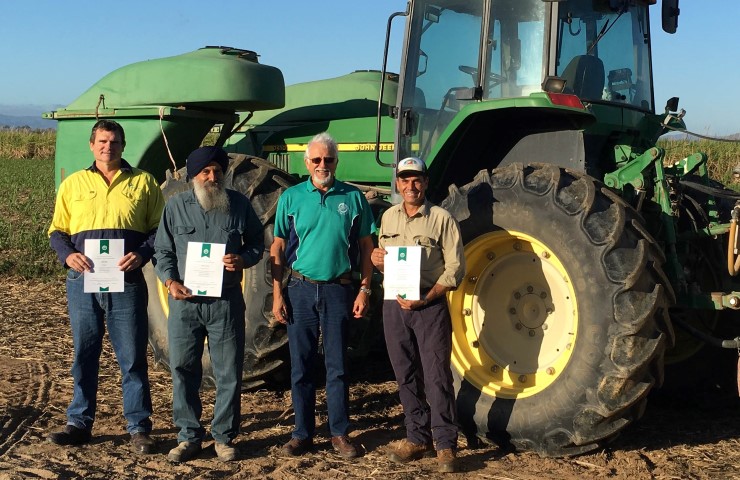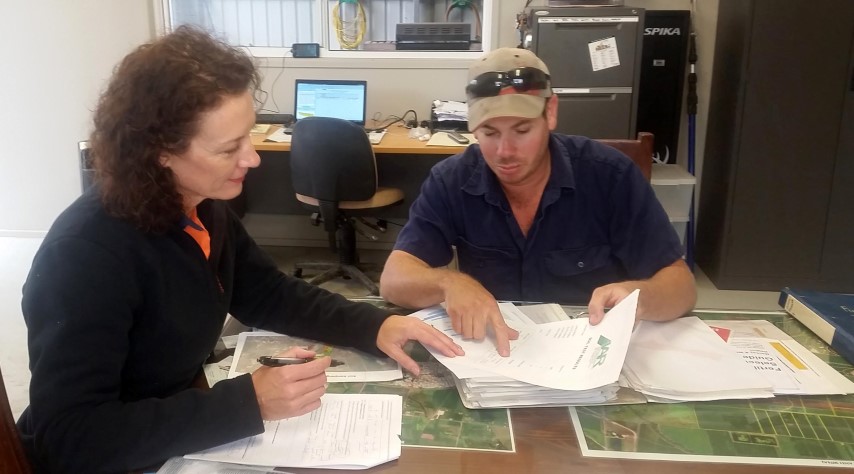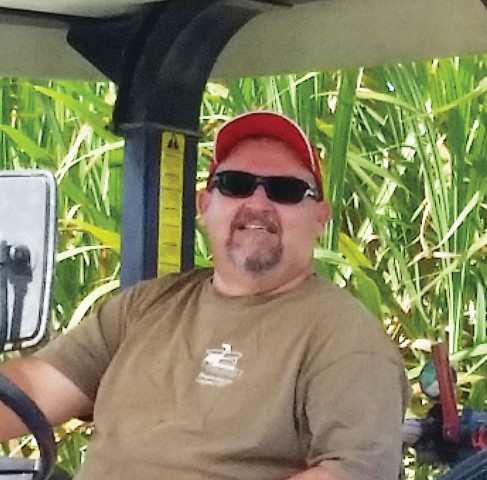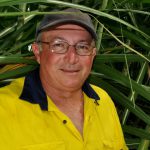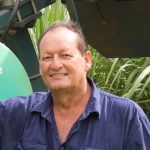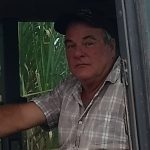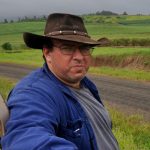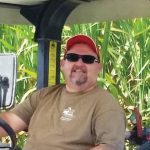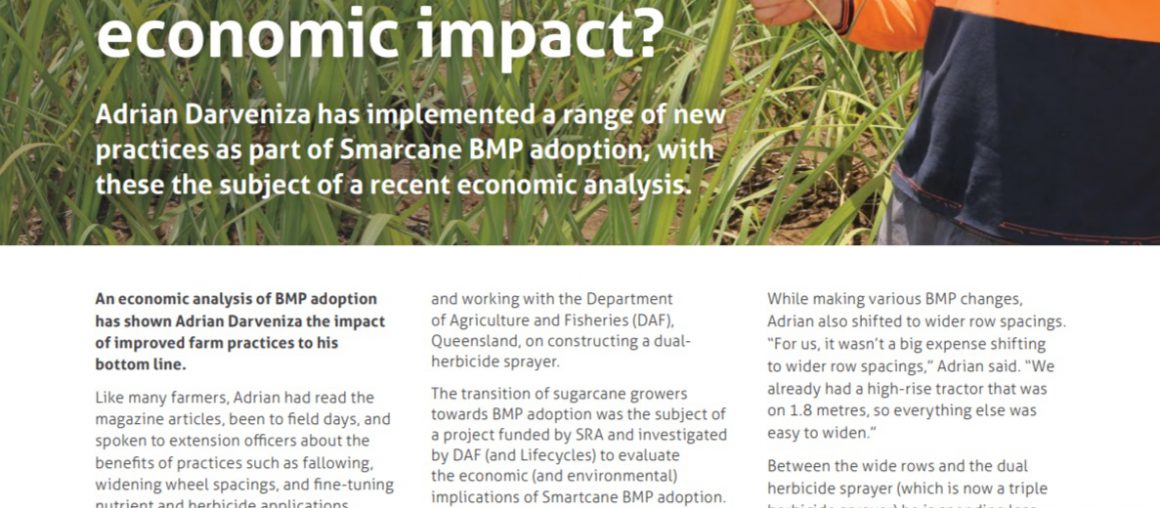In October 2015 Neil Kingston took up the challenge to gain Smartcane BMP accreditation for his farming operation at Cordalba and over several months worked with his wife Gaylene to complete all of the core modules.
In March 2016, their business became the first to be accredited in the Isis Mill area. It was quickly followed by accreditations for Tim Baldwin of South Kolan and Noel Johnson from the Alloway district.
Neil sees the BMP process as a useful way to reassure governments and the community that farmers take their environmental responsibilities seriously. “Most growers work hard to look after their land and to avoid causing any problems downstream,” he said. “Most of us already have in place many of the records and practices that are required for BMP accreditation.” It took him two days to enter the necessary information about sprays, fertiliser and cultivation from his notebooks into a spreadsheet that local BMP Facilitator Bruce Quinn had developed.
“It is a simple and practical tool that helps growers meet the requirements for accreditation but is also a great way to keep records into the future,” Neil said. He has found the spray recording sheets particularly useful as a way of keeping track of the products applied to different blocks and monitoring the effectiveness of each.
“Other than improving our farm record system to meet the auditor’s requirements, the only other thing that was identified as needing immediate action was to upgrade our chemical storage facility,” he said.
“For growers who also grow horticultural crops, the process should be fairly straight forward as the records kept for programs like FreshCare can be used to meet the requirements of Smartcane BMP,” he said.
Neil sees the BMP process as a useful way to reassure governments and the community that farmers take their environmental responsibilities seriously. “Most growers work hard to look after their land and to avoid causing any problems downstream,” he said. “Most of us already have in place many of the records and practices that are required for BMP accreditation.” It took him two days to enter the necessary information about sprays, fertiliser and cultivation from his notebooks into a spreadsheet that local BMP Facilitator Bruce Quinn had developed.
“It is a simple and practical tool that helps growers meet the requirements for accreditation but is also a great way to keep records into the future,” Neil said. He has found the spray recording sheets particularly useful as a way of keeping track of the products applied to different blocks and monitoring the effectiveness of each.
“Other than improving our farm record system to meet the auditor’s requirements, the only other thing that was identified as needing immediate action was to upgrade our chemical storage facility,” he said.
“For growers who also grow horticultural crops, the process should be fairly straight forward as the records kept for programs like FreshCare can be used to meet the requirements of Smartcane BMP,” he said.
